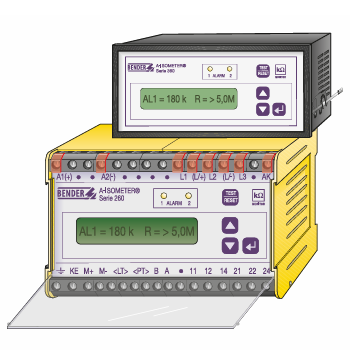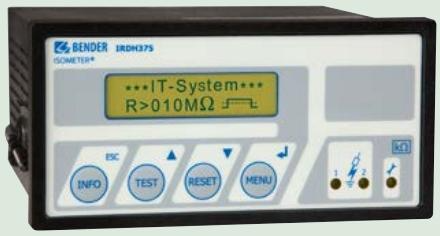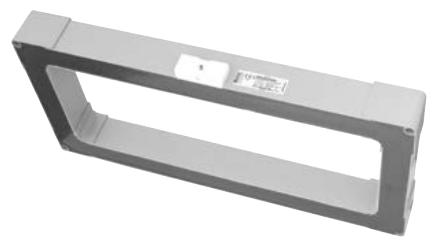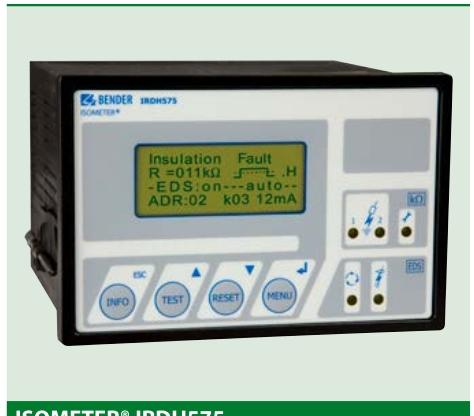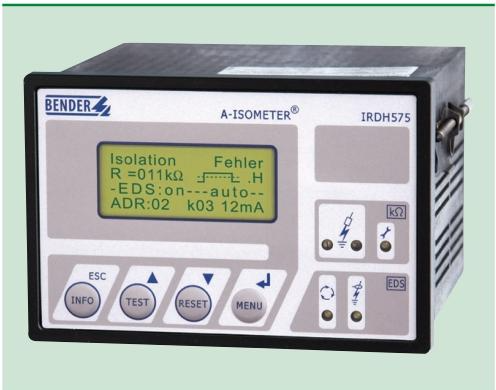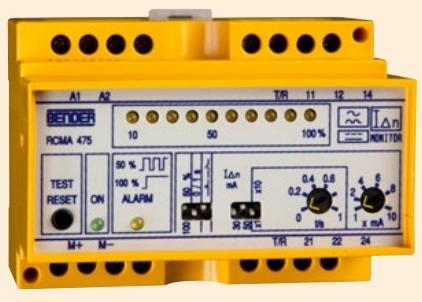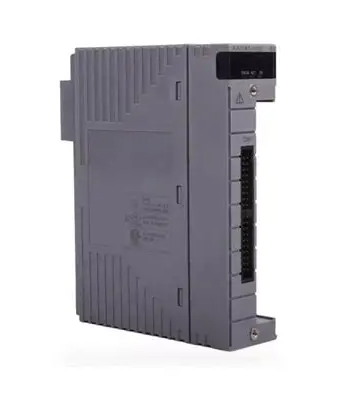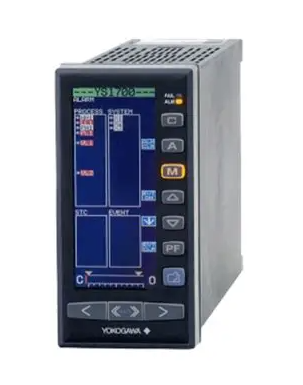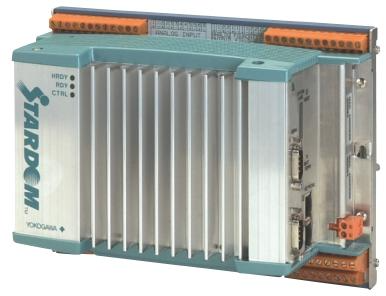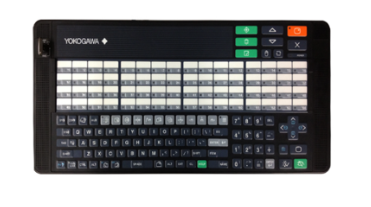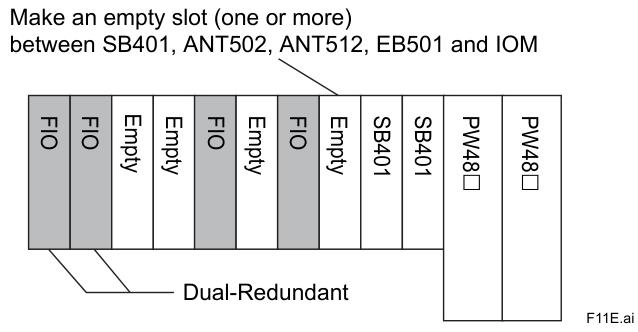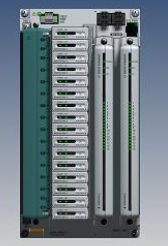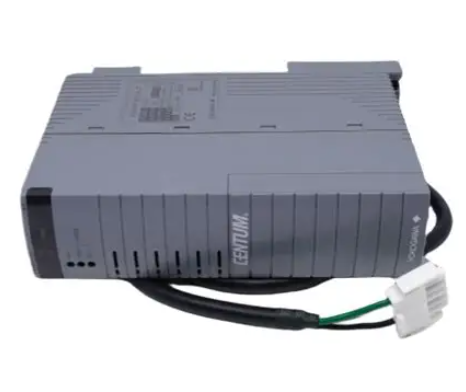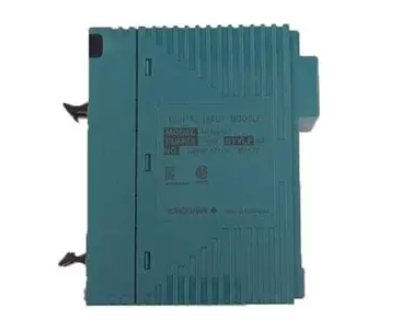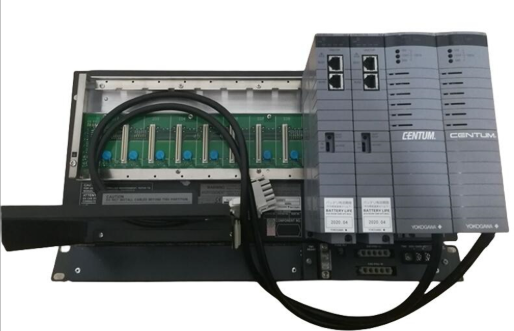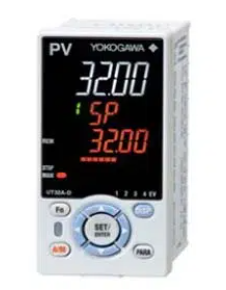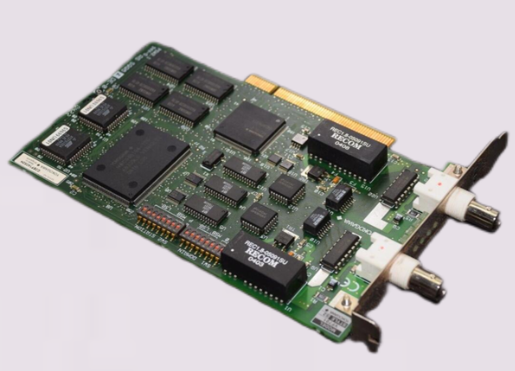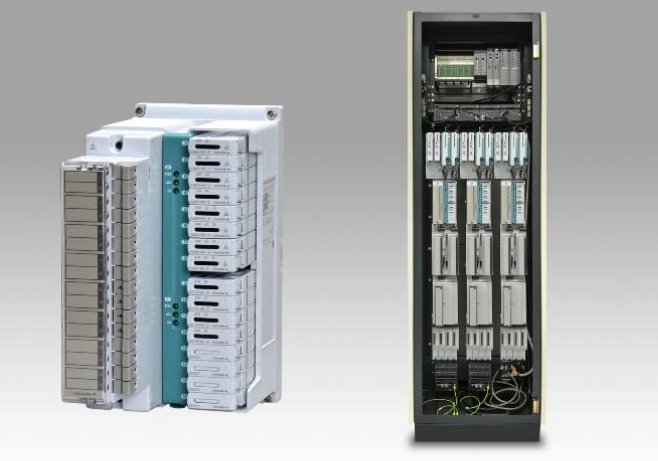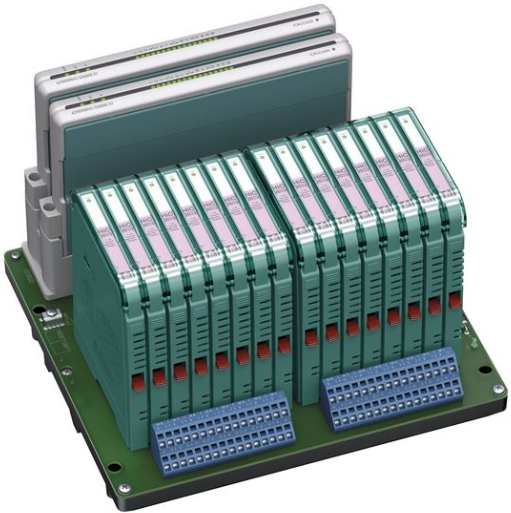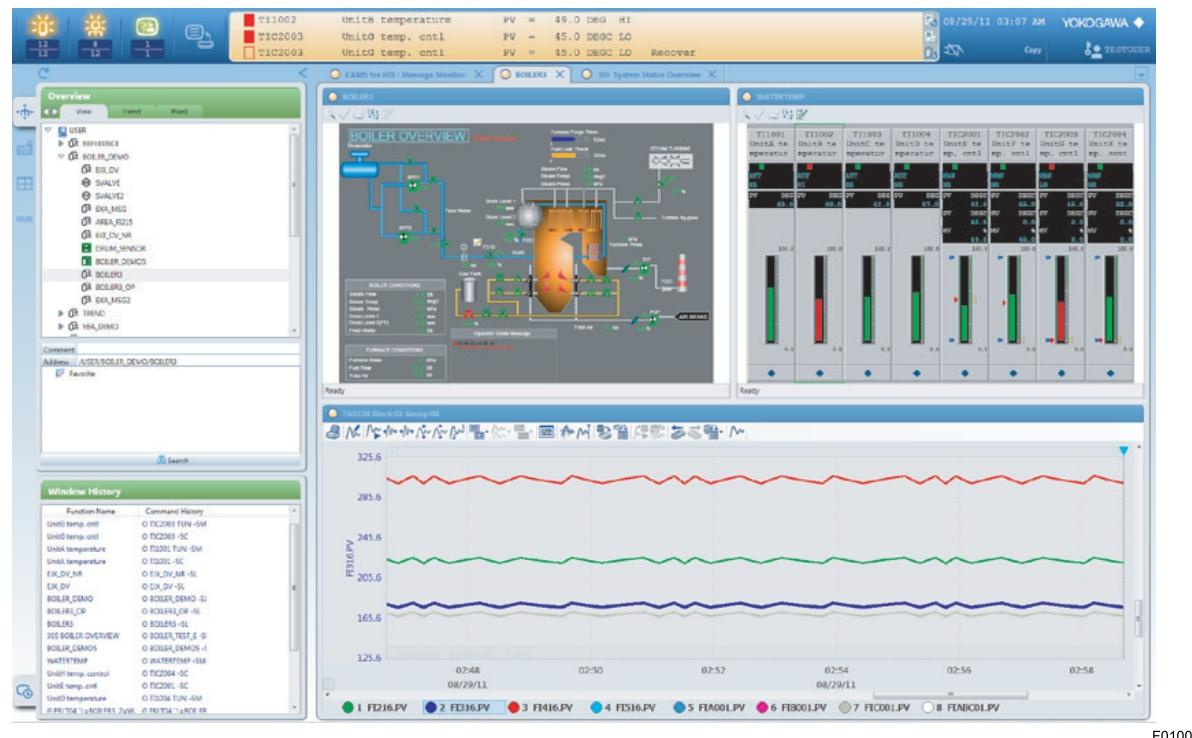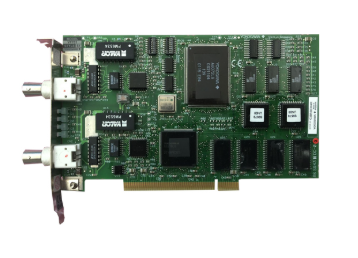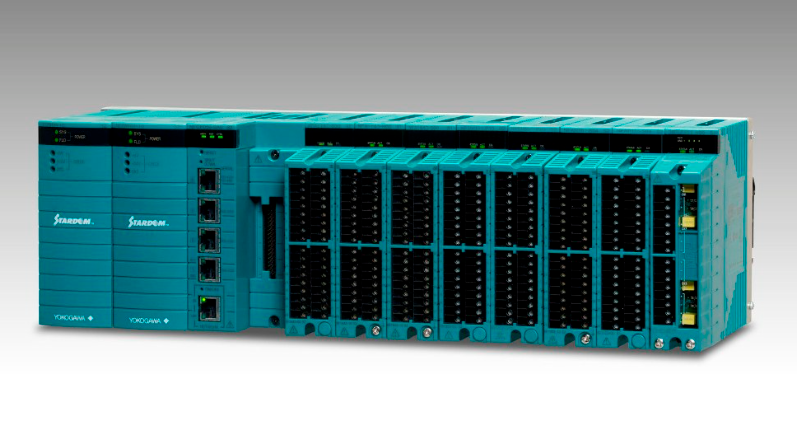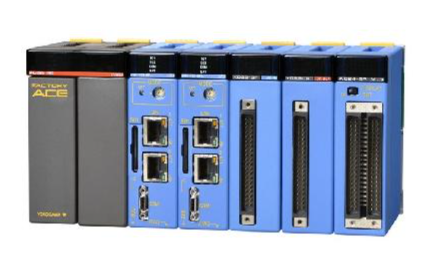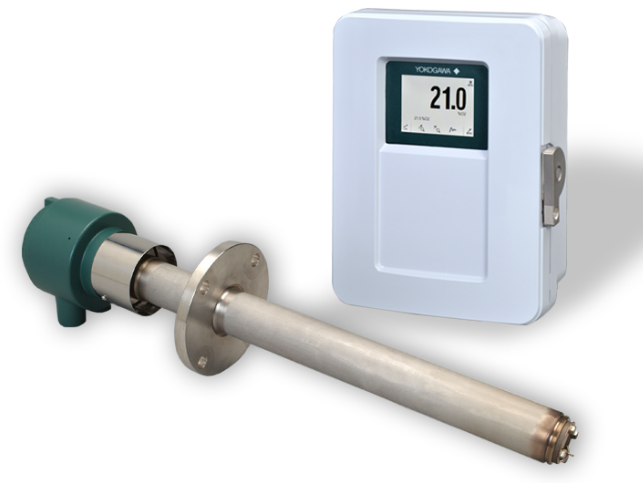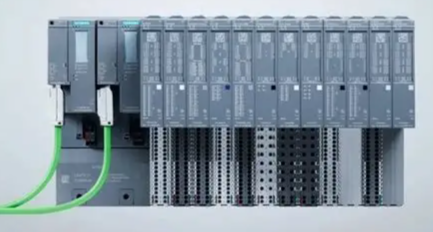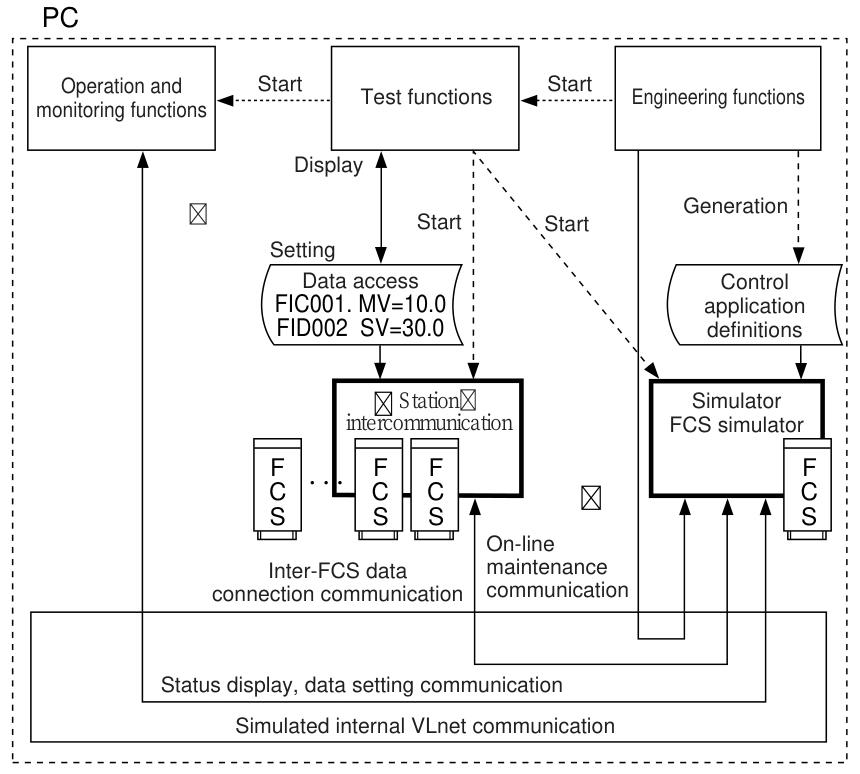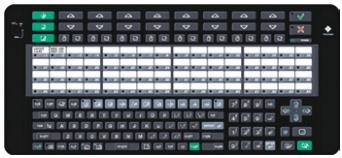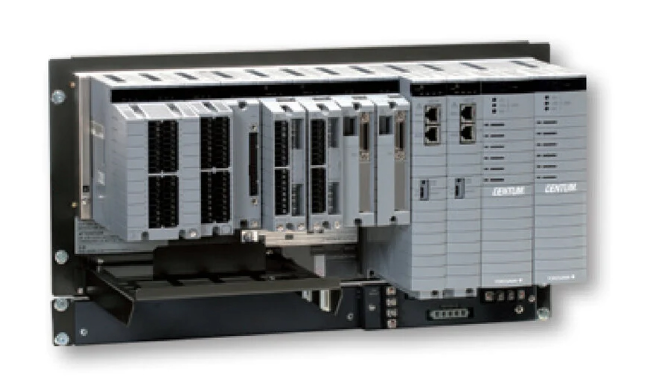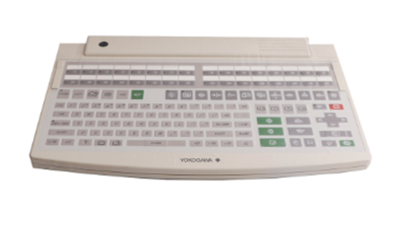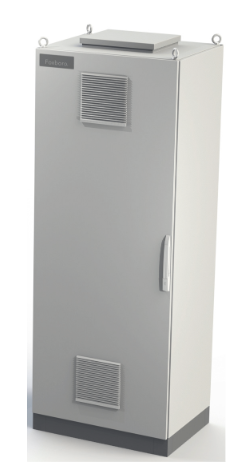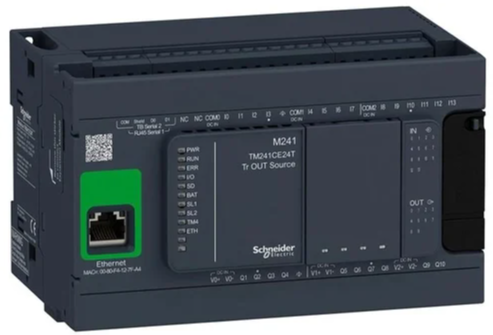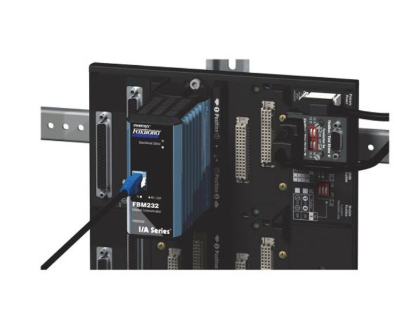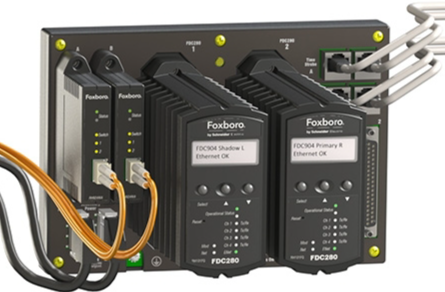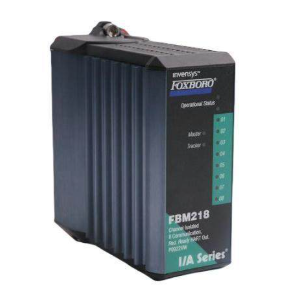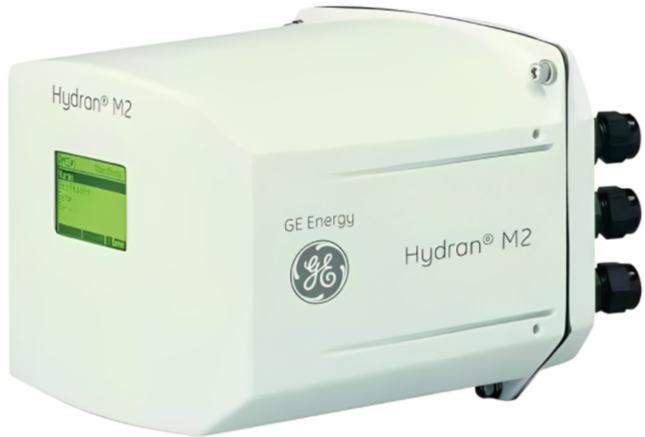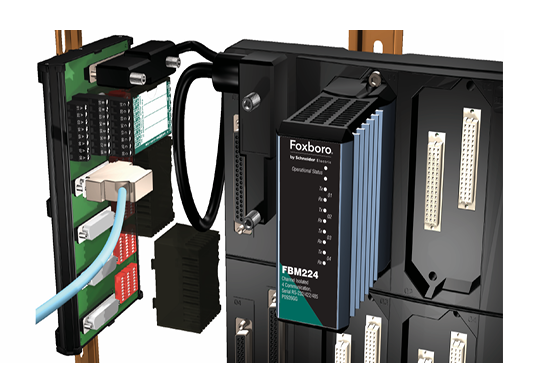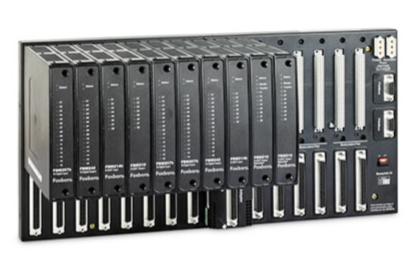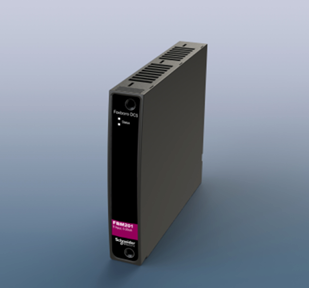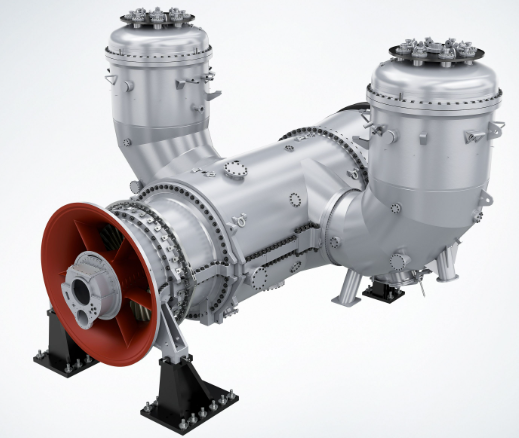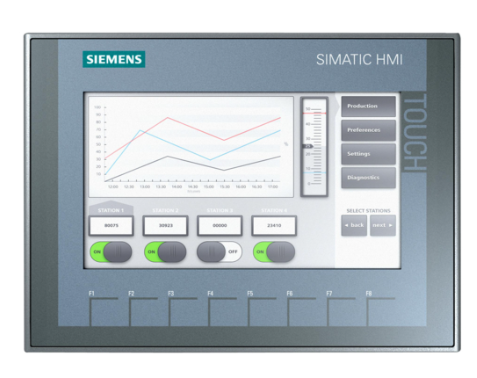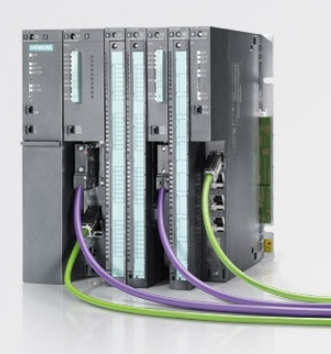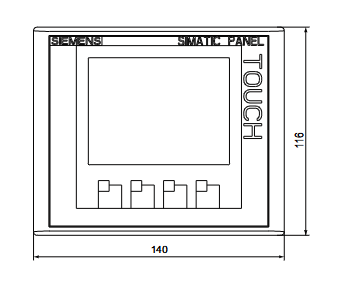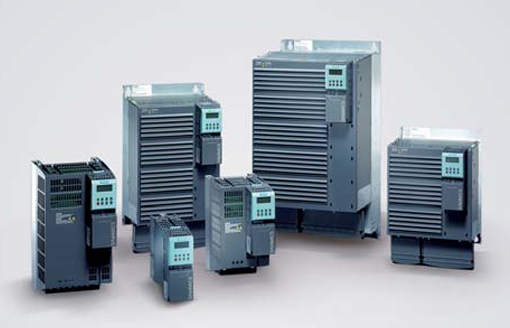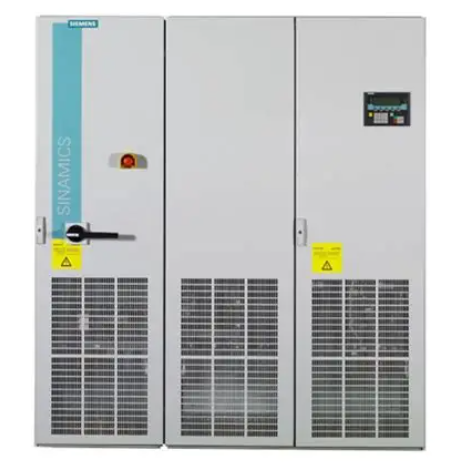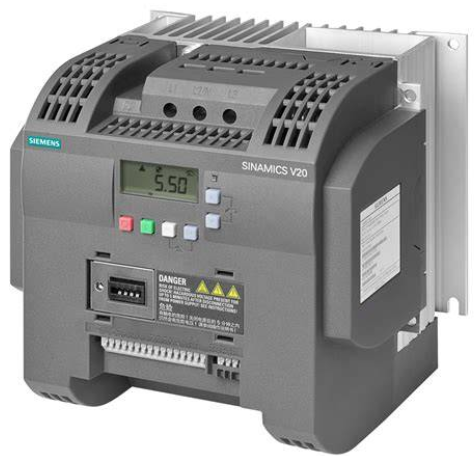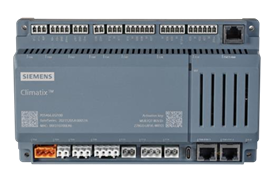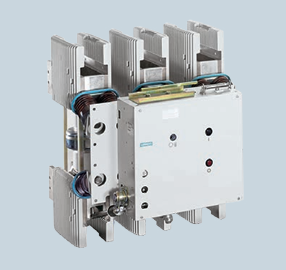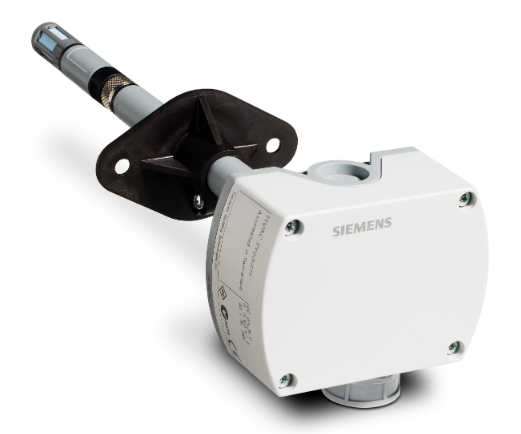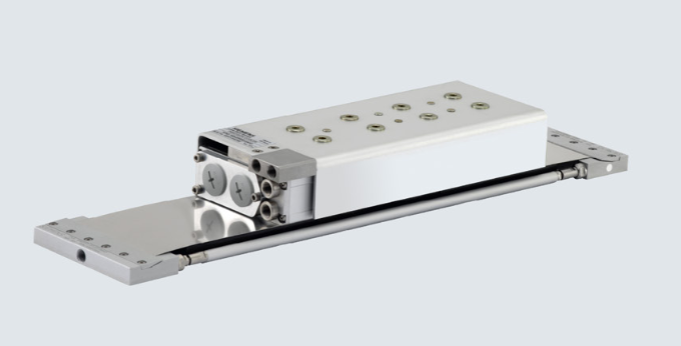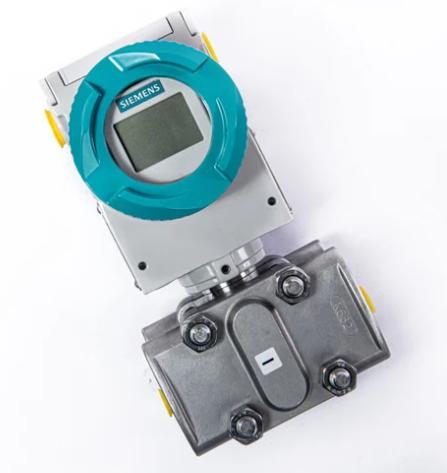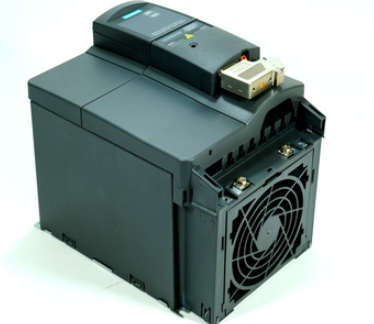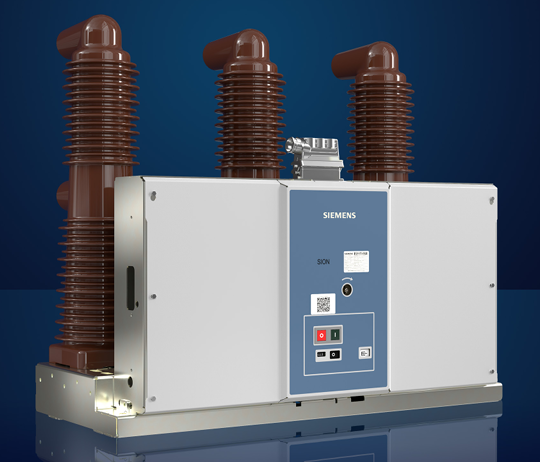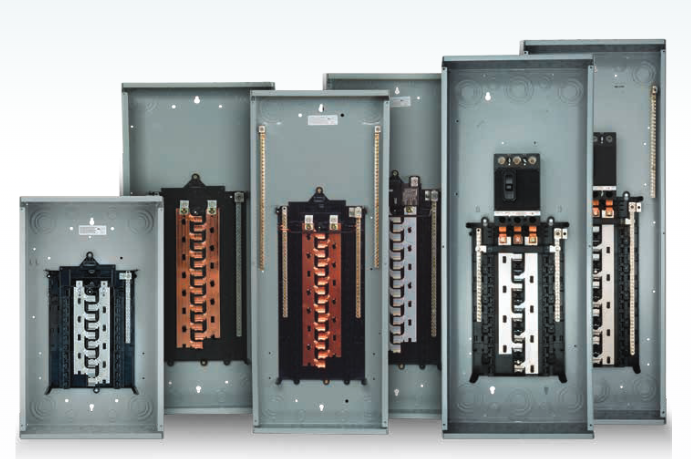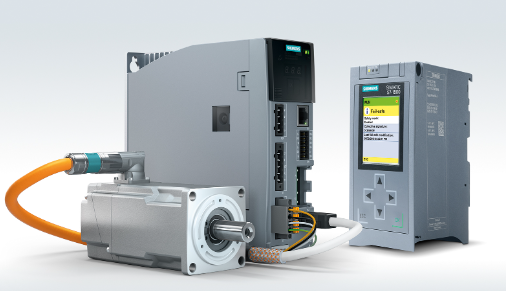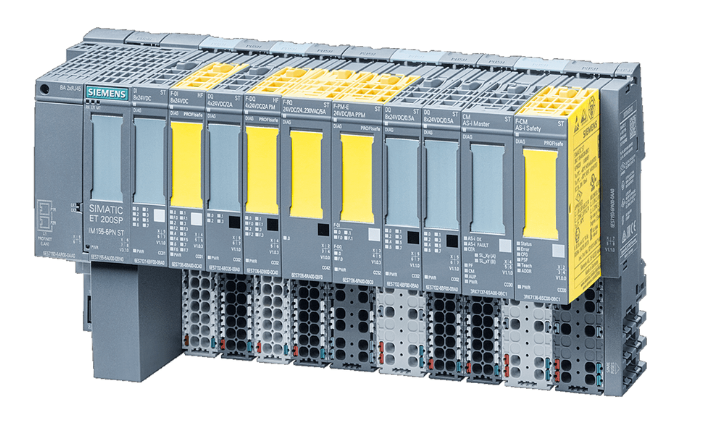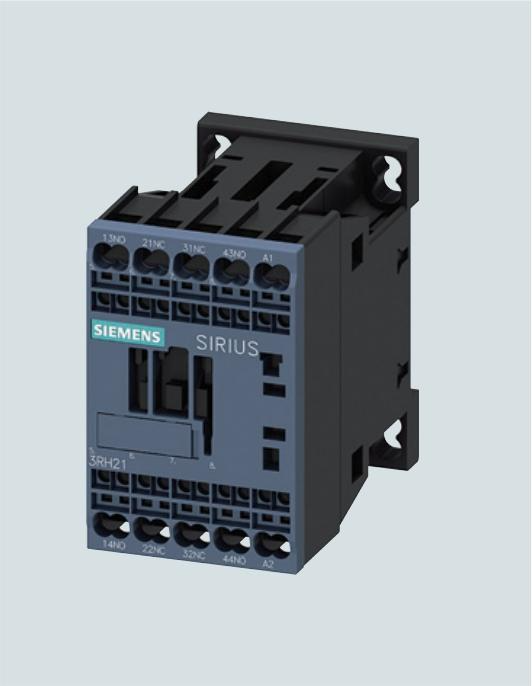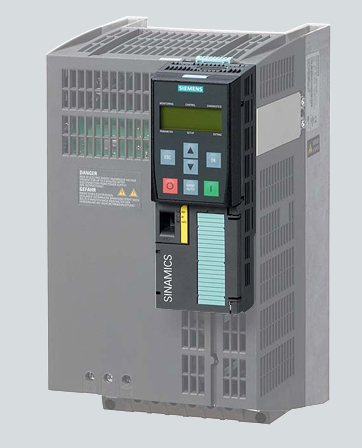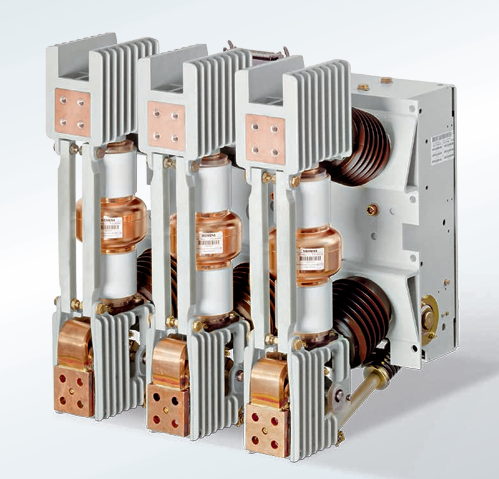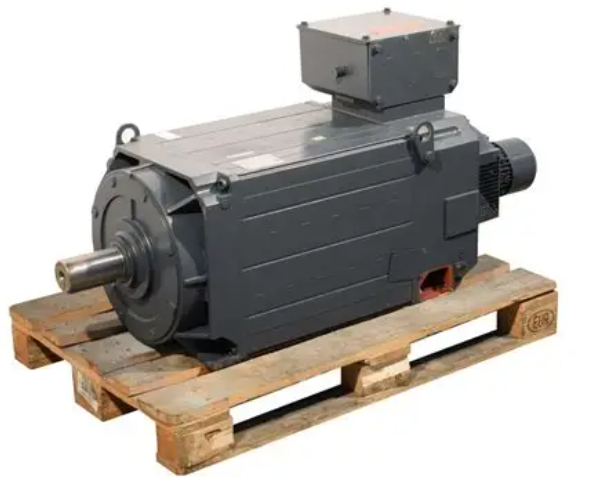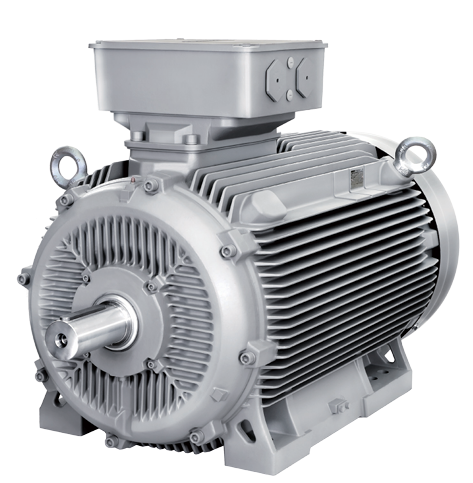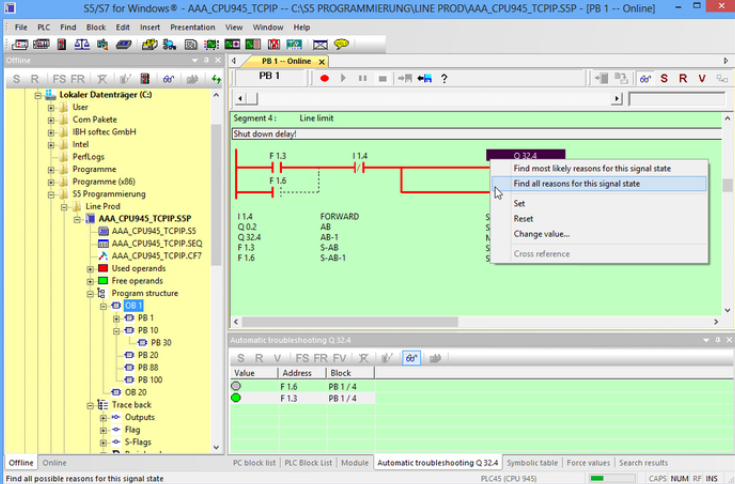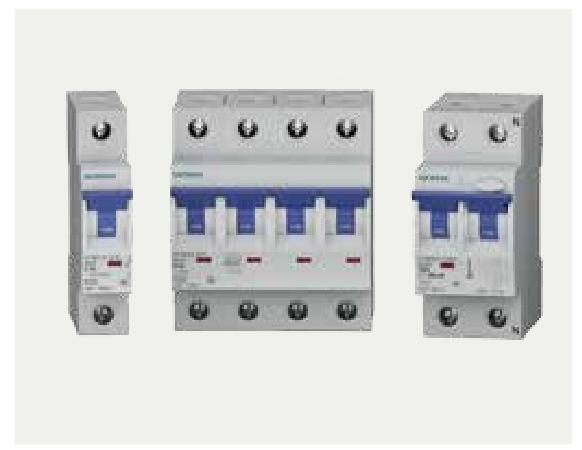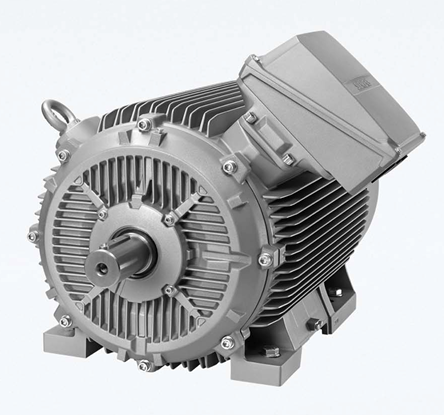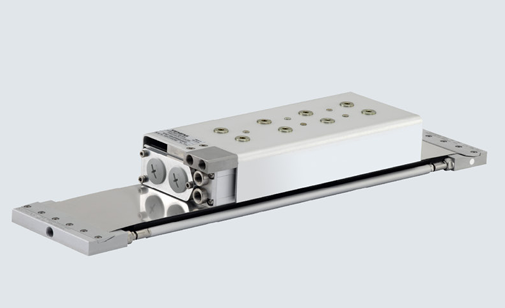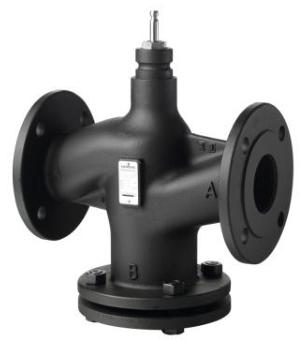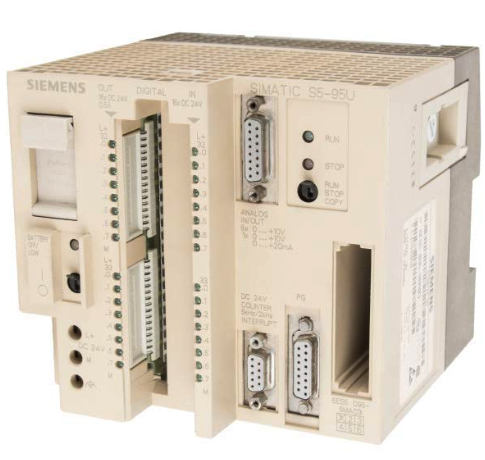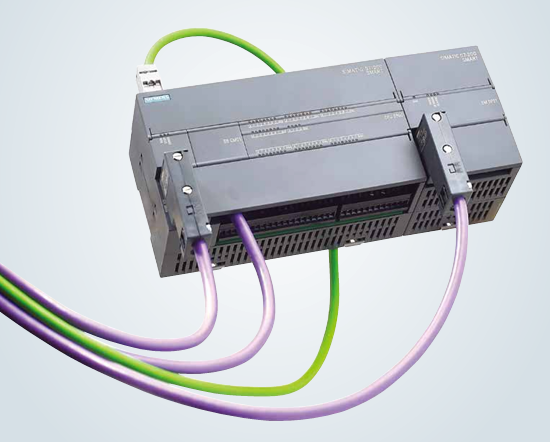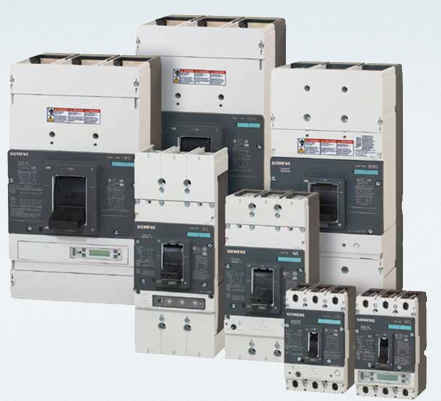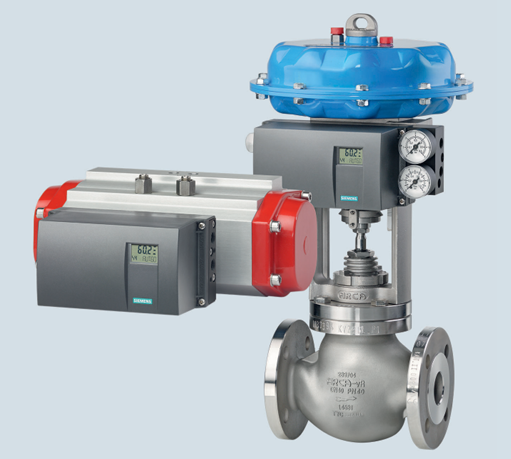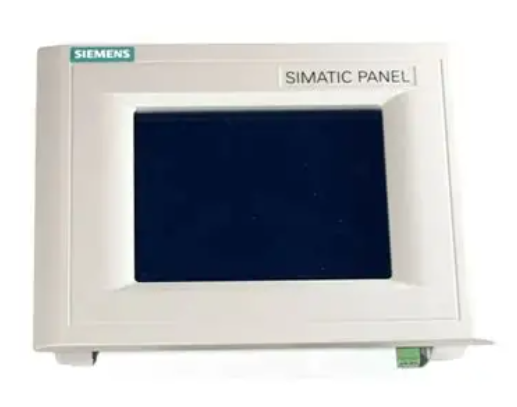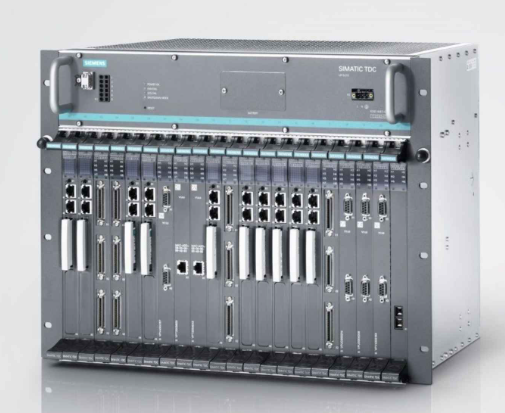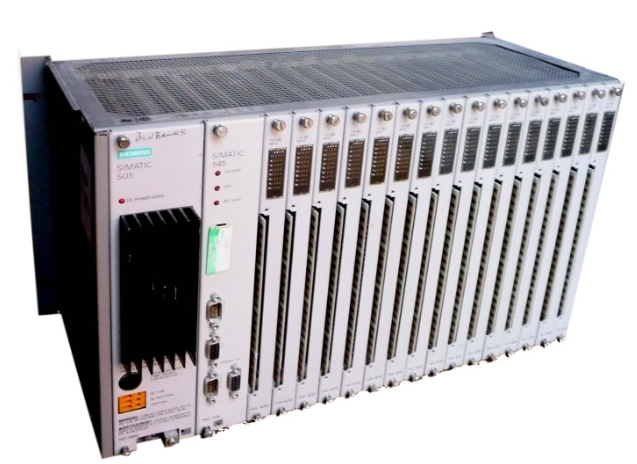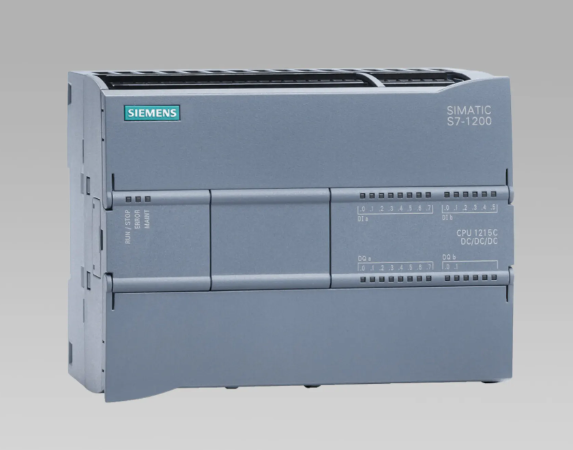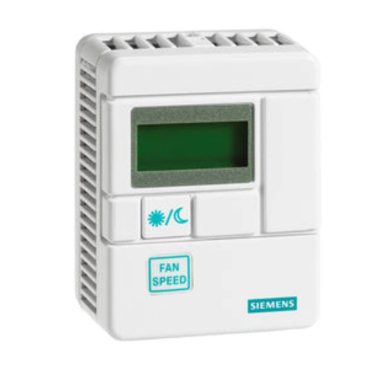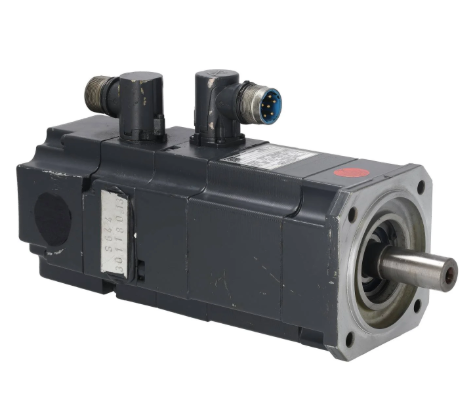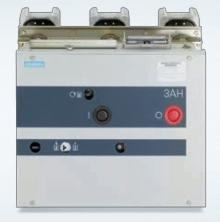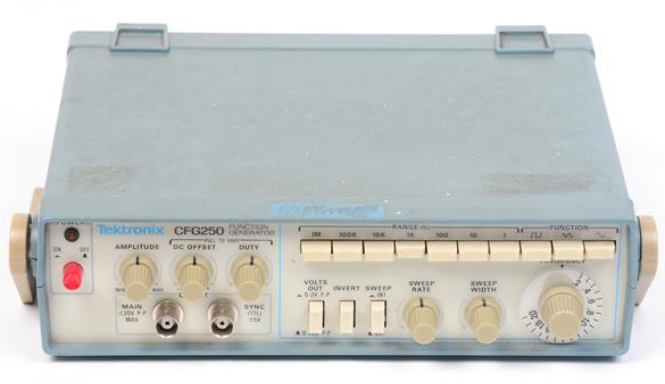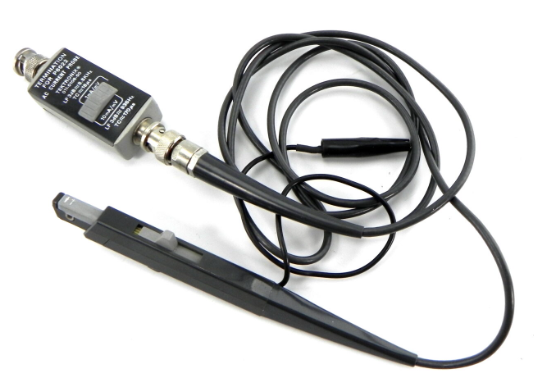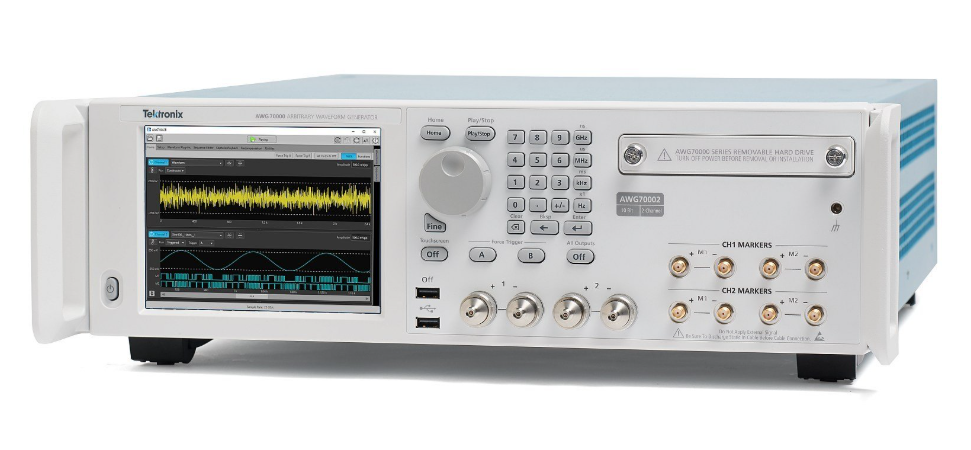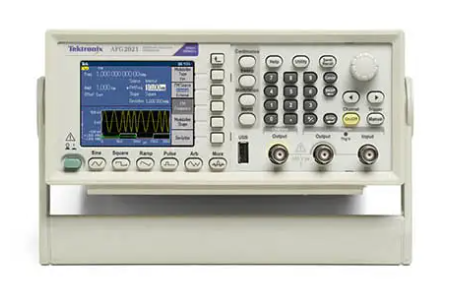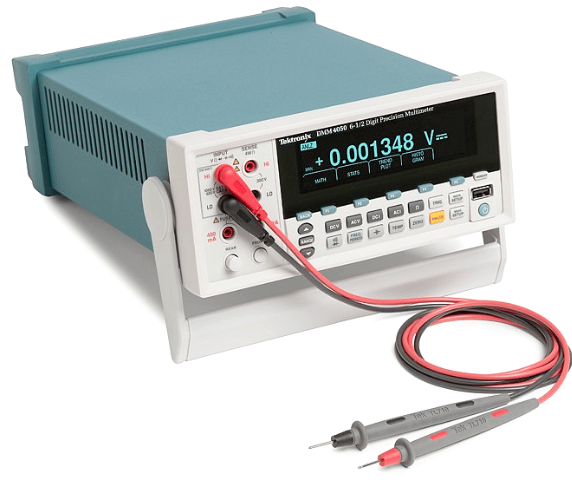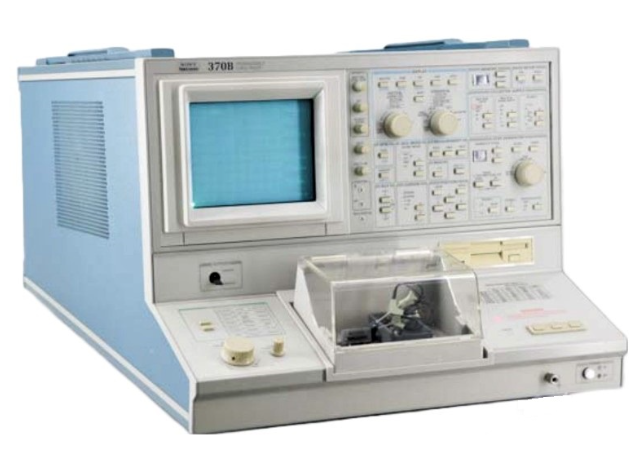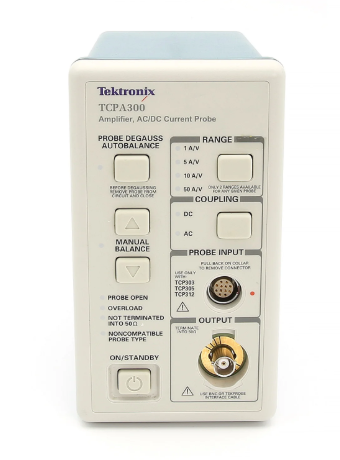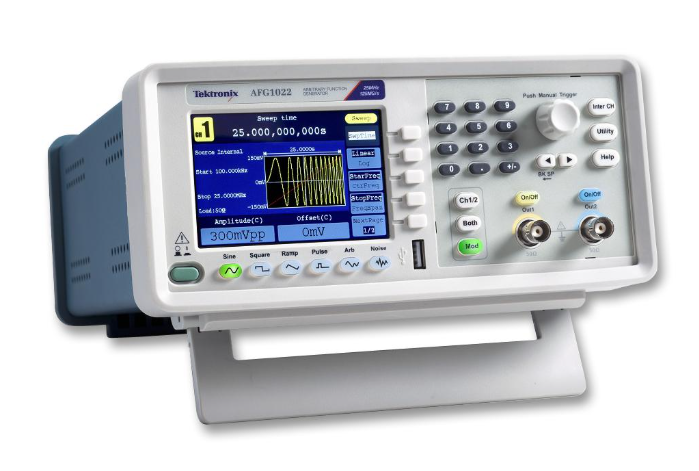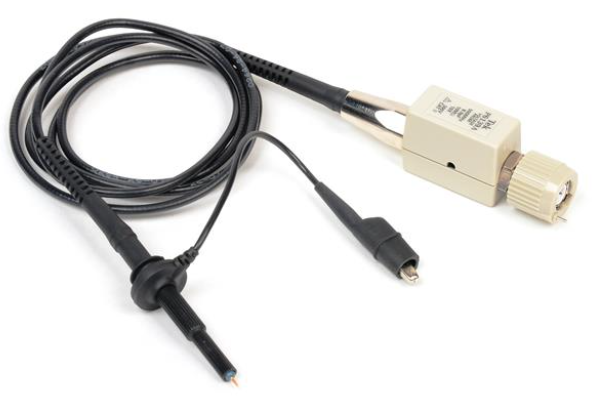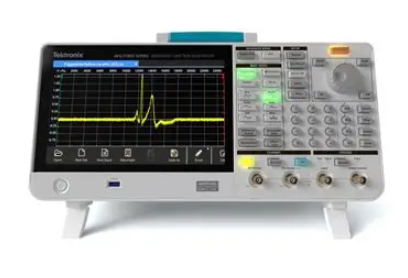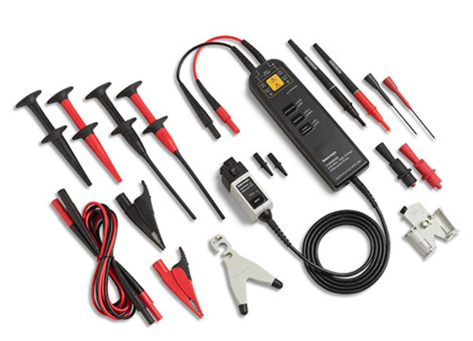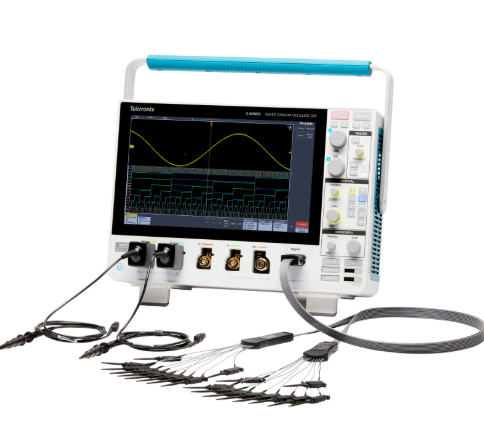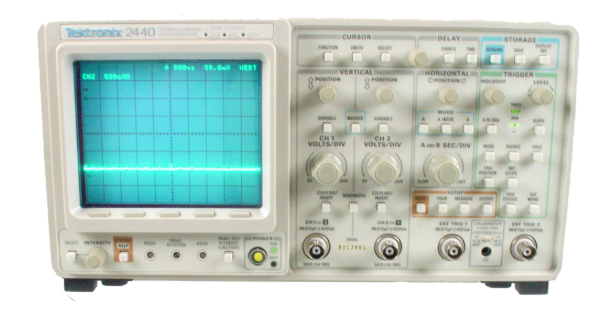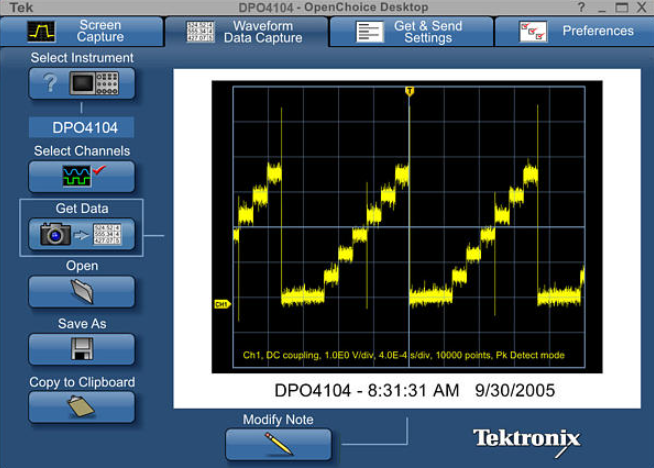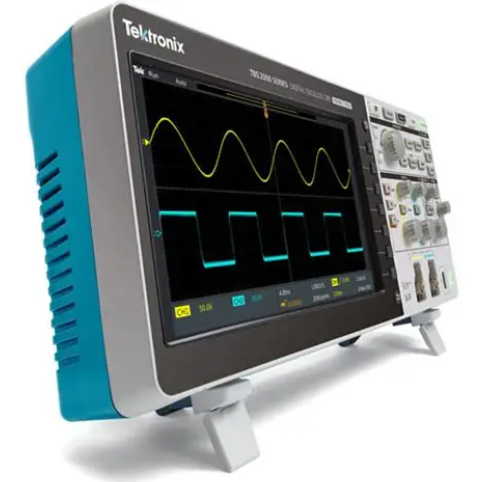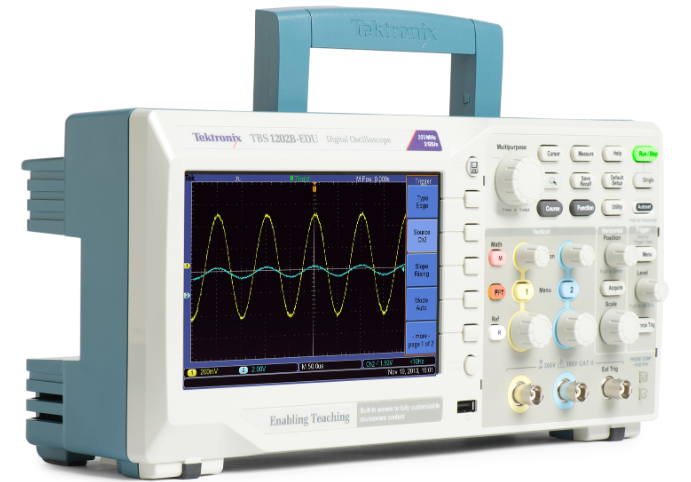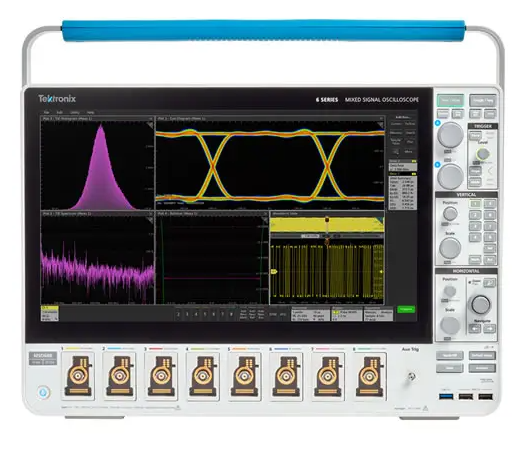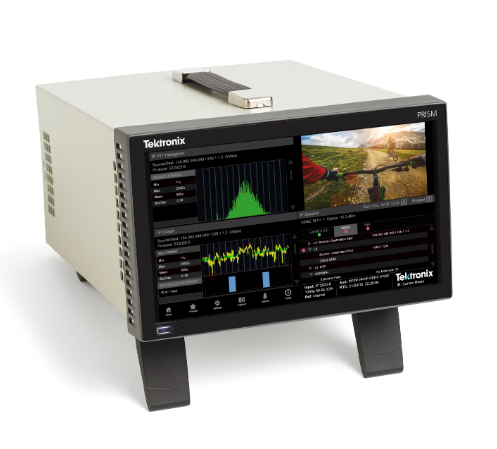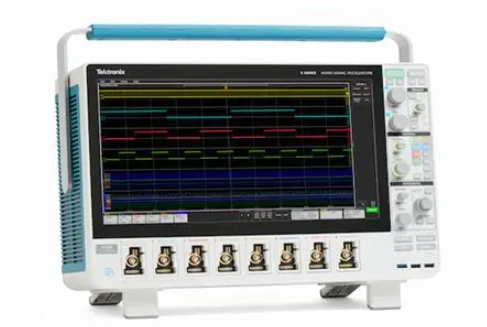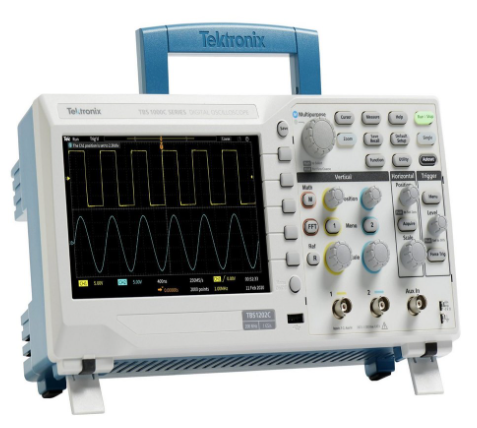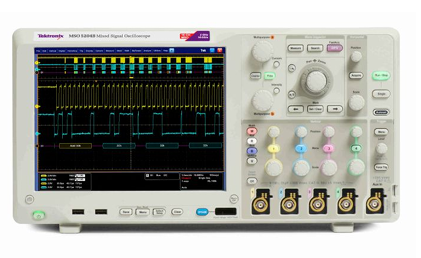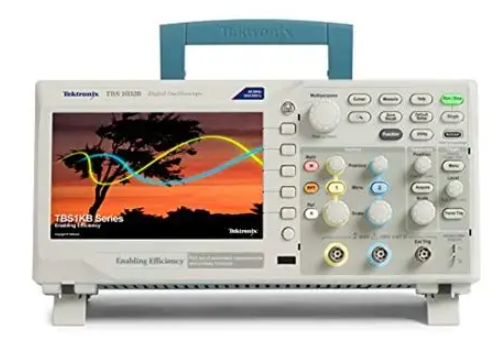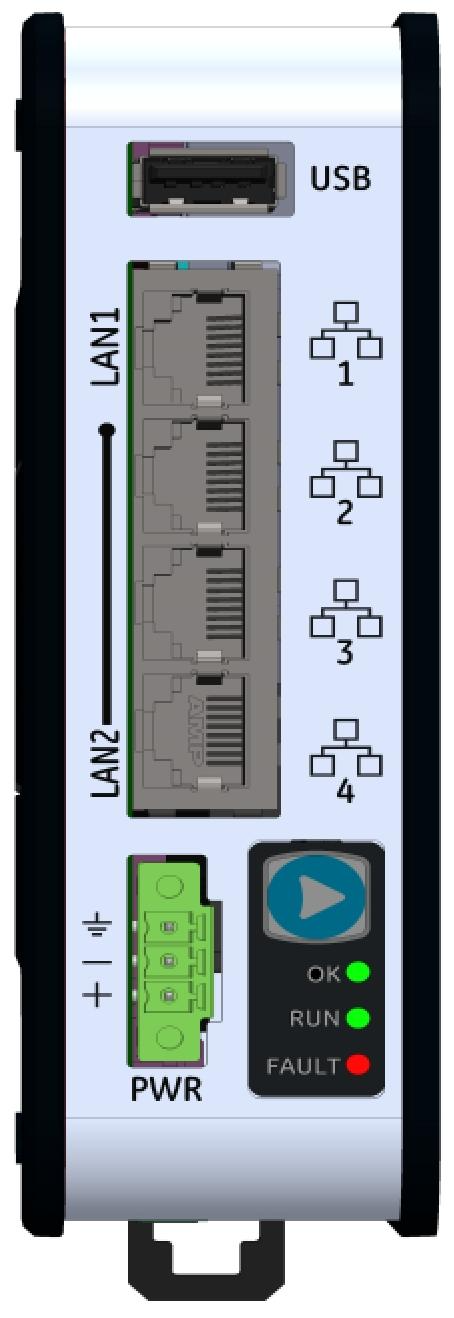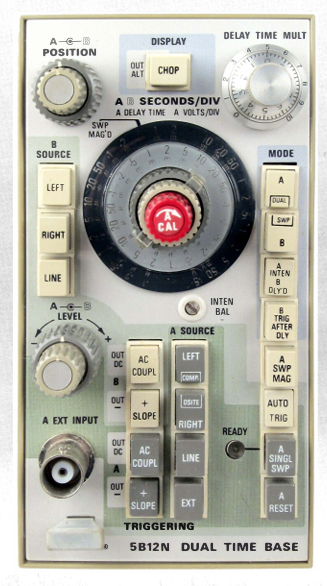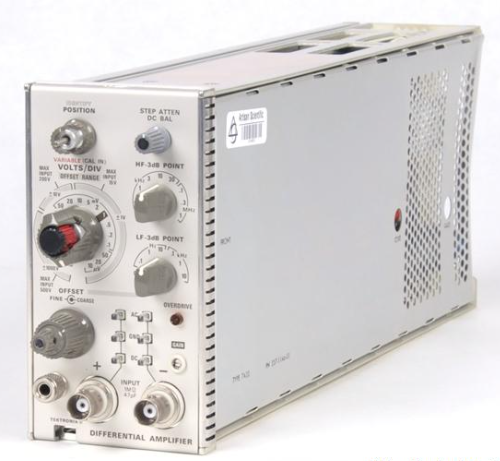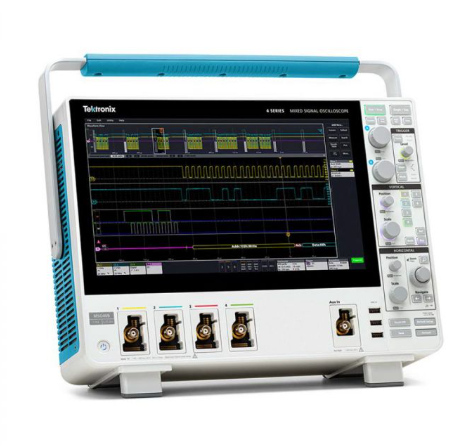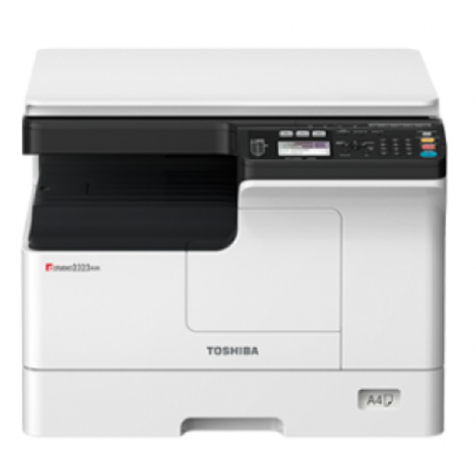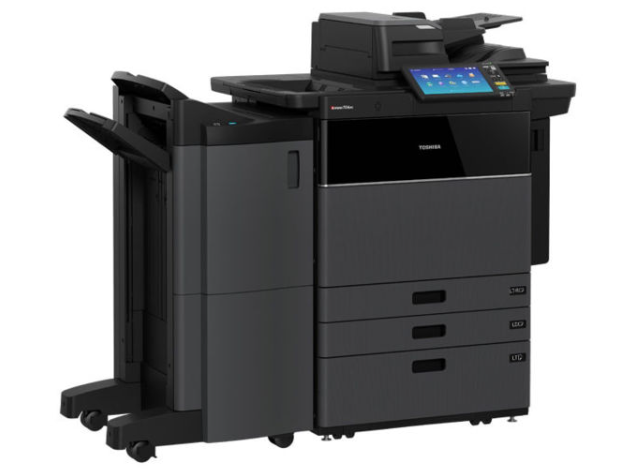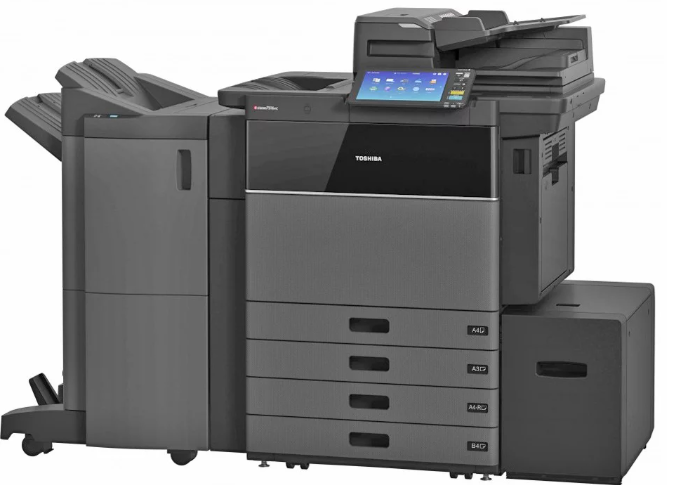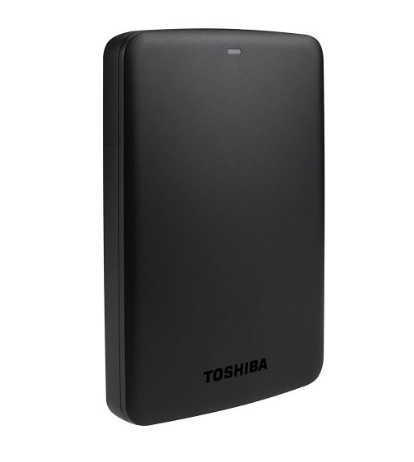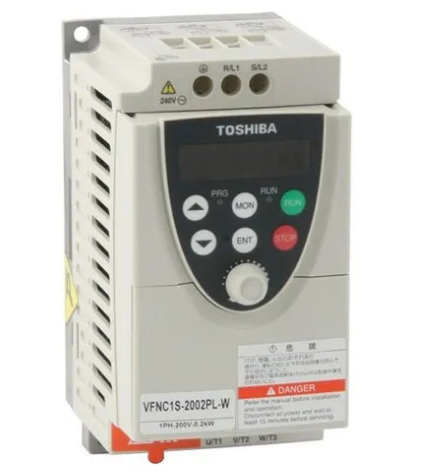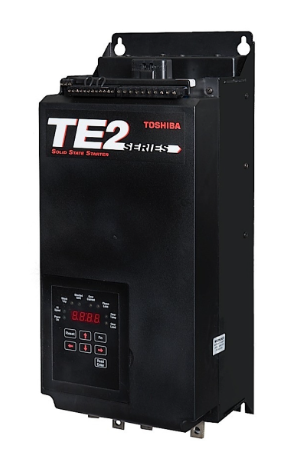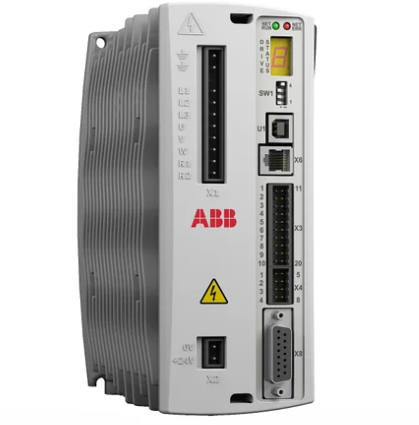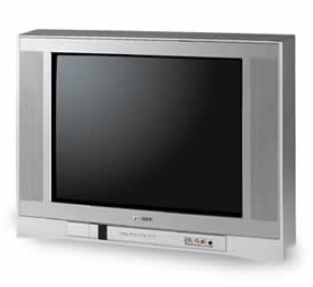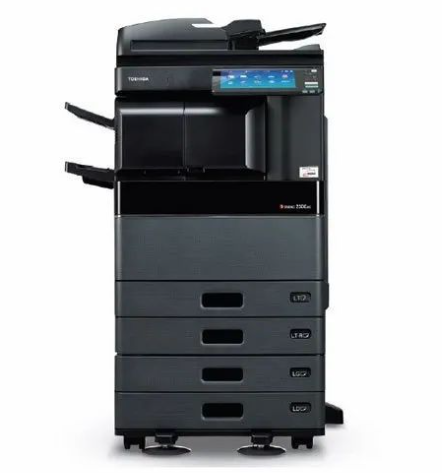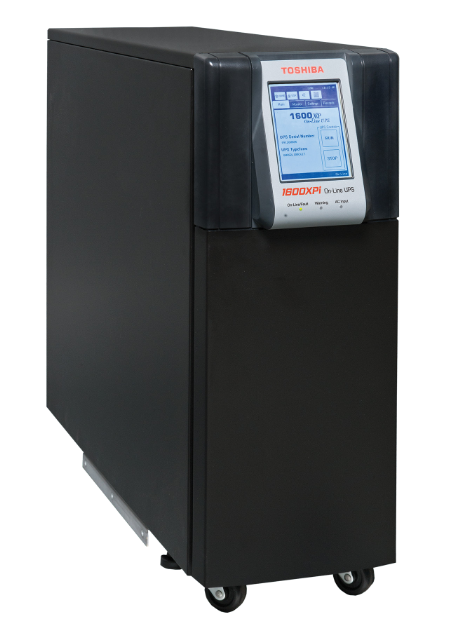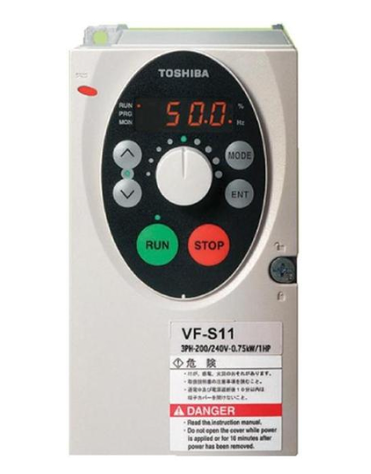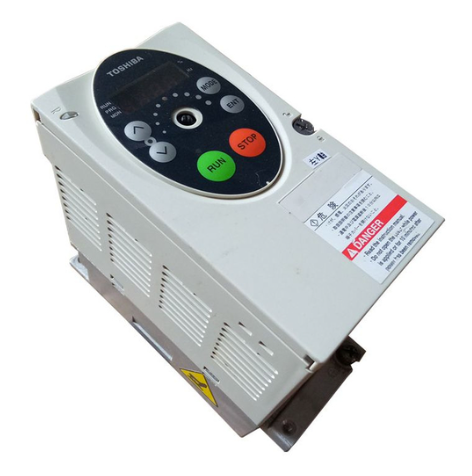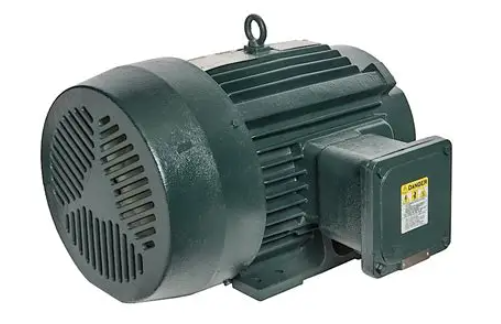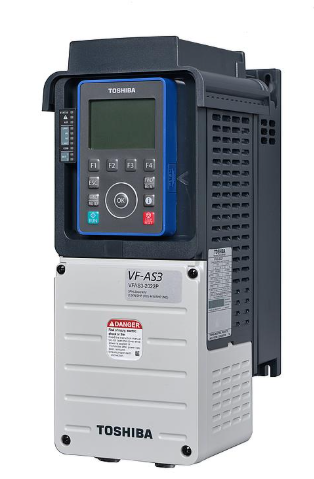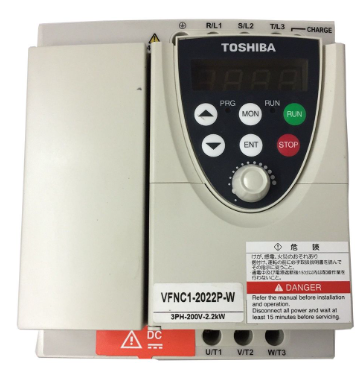

K-WANG


- Telephone:+86-15305925923
- contacts:Mr.Wang
- Email:wang@kongjiangauto.com
ABB H&B Contronic Computer Module XU 01 H&B Contronic
Technical parameters
Processor performance: usually adopts high-performance microprocessor, such as 32-bit ARM processor, the main frequency can be up to several hundred MHz, which can quickly process a large amount of data and complex control algorithms to ensure the real-time and stability of the system.
Memory capacity: equipped with a certain amount of memory, including random access memory (RAM) and read-only memory (ROM), RAM capacity is generally between tens of MB to hundreds of MB, used for running the programme and temporary storage of data; ROM capacity is usually between a few MB to dozens of MB or so, used for storing the system program and fixed parameters.
Communication interface: It supports various communication interfaces, such as Ethernet interface, RS485 interface, RS232 interface, etc., which can be conveniently connected with other devices to achieve data transmission and interaction. Among them, the Ethernet interface can support 10/100Mbps transmission rate to meet the needs of high-speed data communication.
Operating voltage: The operating voltage is generally 24V DC, and the permissible voltage fluctuation range is usually around ±10%, which has good power adaptability and can work stably under the common power fluctuation environment in industrial sites.
Functional Characteristics
Data processing and arithmetic function: It can perform rapid processing and arithmetic on various data collected, such as filtering, amplifying and converting analogue data collected by sensors, such as temperature, pressure, flow, etc., and at the same time, it can also perform complex mathematical arithmetic, logical judgment and control algorithms in order to achieve precise control of industrial processes.
System monitoring and diagnostic functions: real-time monitoring of its own operating status, including processor usage, memory occupancy, communication interface connection status, etc., once the discovery of anomalies, it can send out alarm signals in a timely manner, and provide detailed diagnostic information, so as to facilitate the maintenance personnel to quickly locate and solve the problem.
Program storage and execution function: It can store the control program and configuration parameters written by users, and support various programming languages, such as ladder diagram, instruction table, function block diagram, etc. Users can program and configure according to the actual needs to achieve a variety of complex control logic and functions.
Network communication function: through the Ethernet interface and other communication interfaces, it can be easily accessed to the industrial Ethernet network to achieve network communication and data sharing with other devices. It supports a variety of network protocols, such as TCP/IP protocol, UDP protocol, HTTP protocol, etc., so it can communicate and interact with the upper computer monitoring system, other PLCs or intelligent devices.
Application Scenarios
Industrial automation control system: in the automation control system of chemical industry, petroleum, metallurgy, electric power and other industries, it is used as the core control unit, cooperating with all kinds of sensors, actuators and other equipments to realise the automation control and monitoring of the production process, such as temperature control of reaction kettle in the chemical industry, oil conveying control in oil refineries, and control of rolling production line in metallurgical enterprises.
Intelligent Building Management System: In the automatic management system of buildings, it is used for centralised monitoring and management of air-conditioning system, lighting system, water supply and drainage system, etc., to achieve automatic adjustment of environmental parameters and intelligent control of equipment in the building, and to improve the energy efficiency and comfort of the building.
Transportation system: In the field of railway, underground, port and other transportation, it can be used in signal control, equipment monitoring, ticketing system, etc., such as the signal interlocking control in railway stations, the operation monitoring of underground vehicles, and the automation control of port loading and unloading equipment.
Energy management system: In the process of energy production, transmission and distribution, it is used for monitoring and management of power generation equipment, transmission lines, substations, etc., to achieve real-time monitoring, optimal scheduling and fault diagnosis of energy, and to improve the operational efficiency and reliability of the energy system.
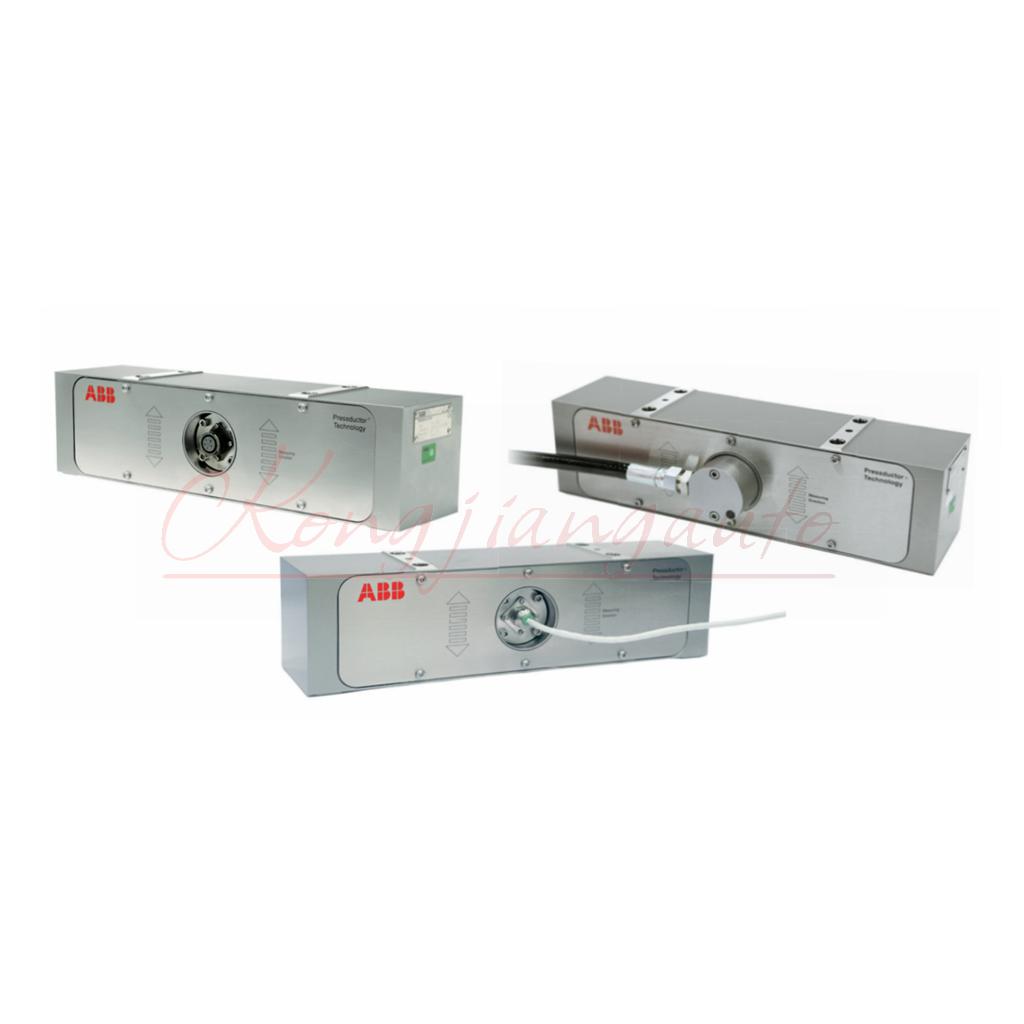
| User name | Member Level | Quantity | Specification | Purchase Date |
|---|






